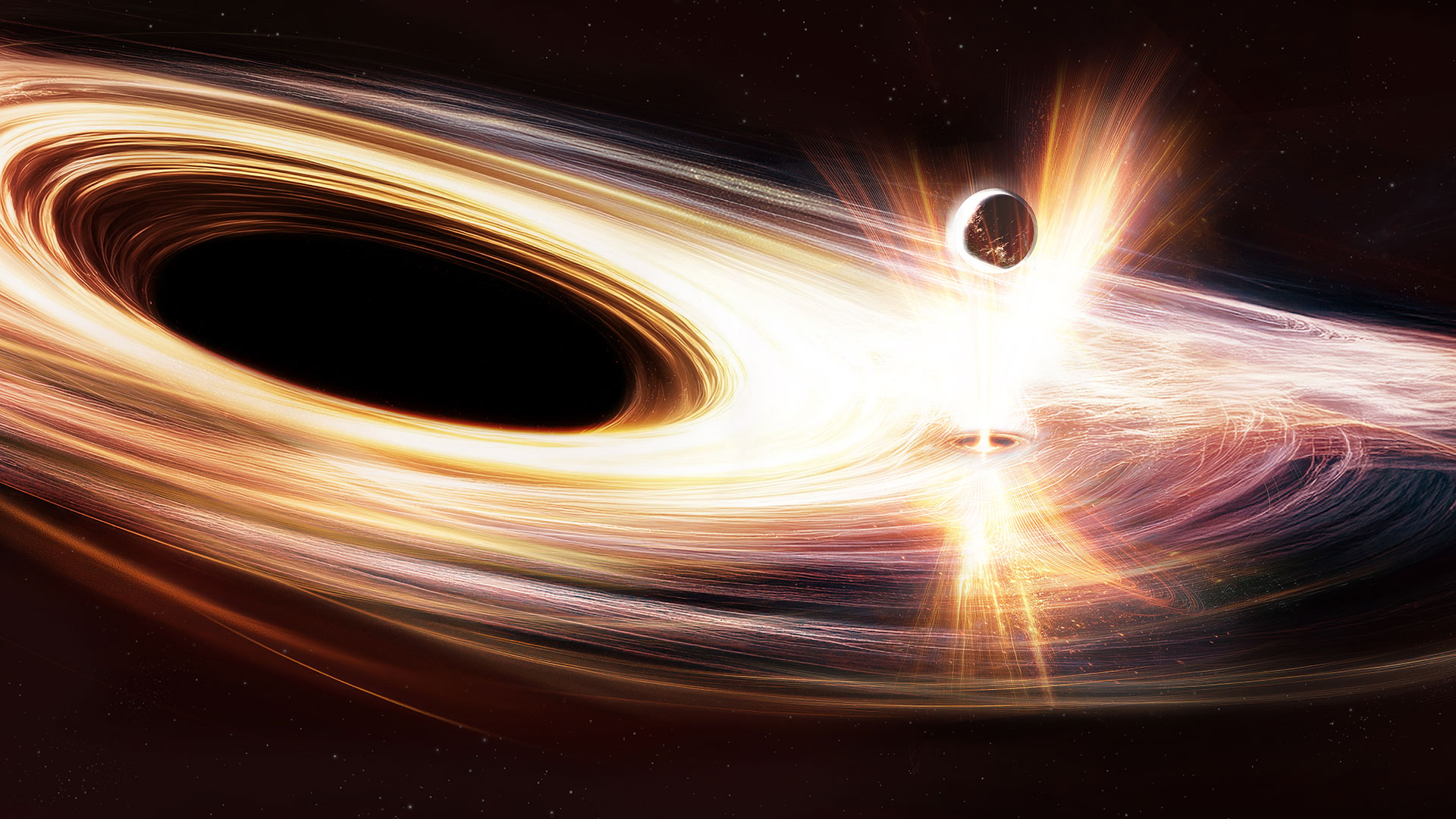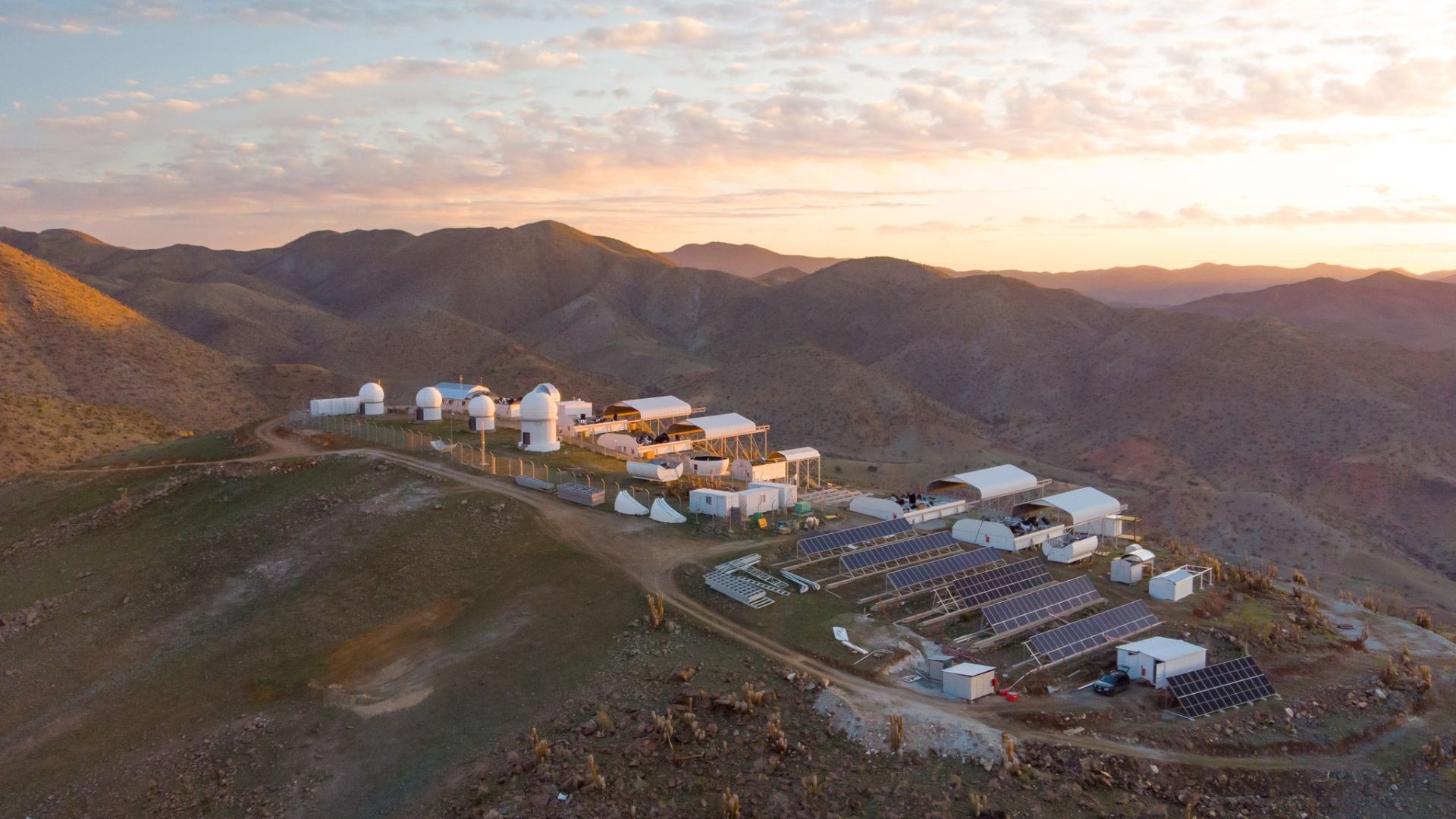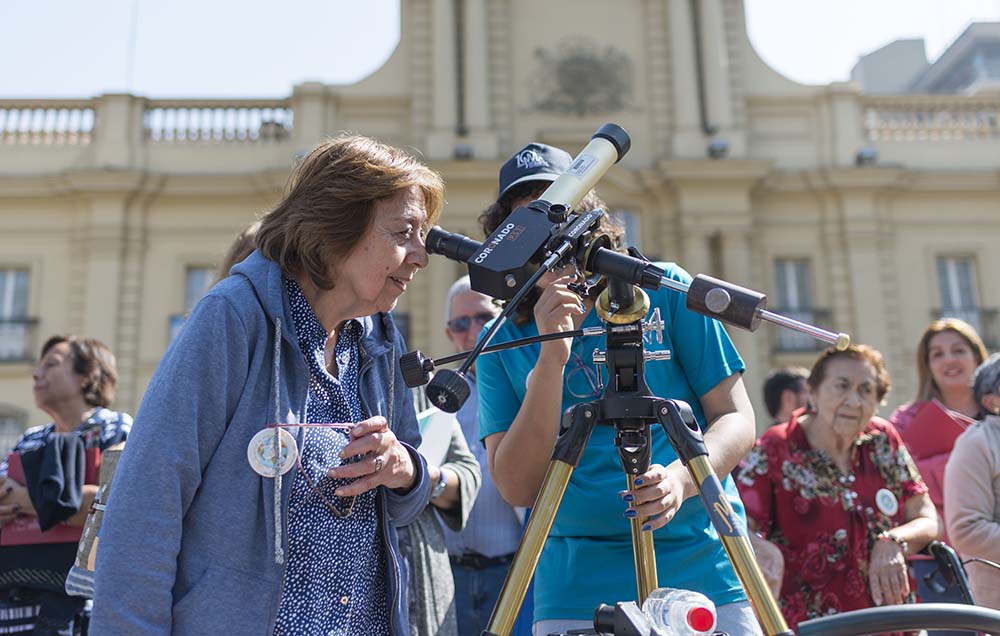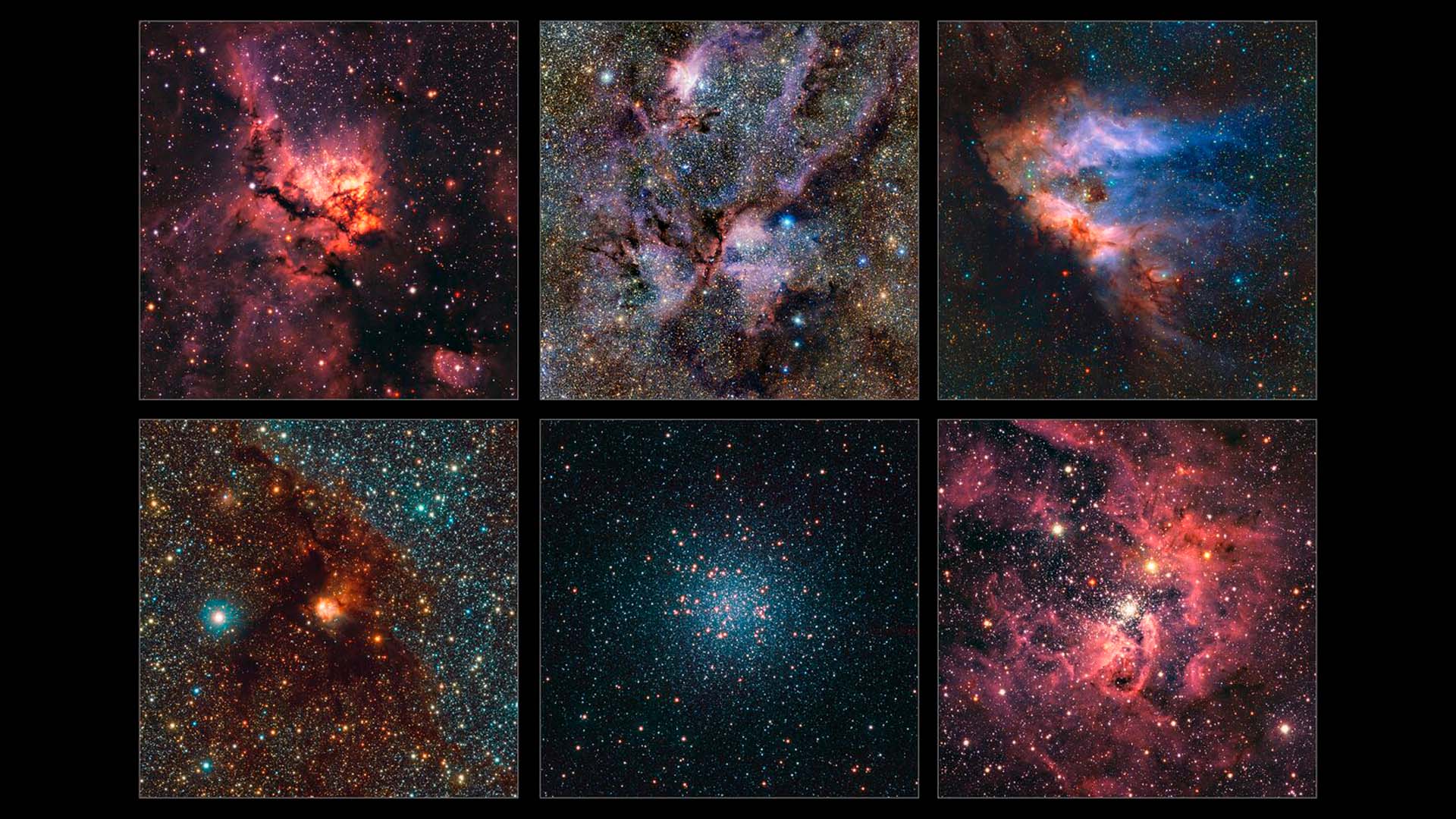
Using data from the VISTA Variables in the Milky Way (VVV) survey and its companion project VVVV eXtended (VVVX), an international team of astronomers published a comprehensive infrared map of our galaxy containing more than 1.5 billion objects, the most detailed ever made. The experts involved include several members of the Millennium Institute for Astrophysics.
Using the telescope VISTA of the European Southern ObservatoryAstronomers have been monitoring the central regions of our galaxy for more than 13 years, collecting 500 terabytes of data, and with it a detailed atlas of our galaxy.
This map comprises 200,000 images taken by VISTA. (Visible and Infrared Survey Telescope for AstronomyESO's visible- and infrared-tracking telescope for astronomy). Located at the Paranal Observatory, the telescope's main objective is to map large areas of the sky. The team used the VIRCAM infrared camera, installed on VISTA, which can look through the dust and gas that permeates our galaxy. It is therefore able to see radiation from the most hidden places in the Milky Way, opening a unique window into our galactic environment.
This gigantic dataset covers an area of sky equivalent to 8600 full moons and contains approximately 10 times more objects than a previous map published by the same team in 2012.. Incluye estrellas recién nacidas (que a menudo están incrustadas en entornos cargados de polvo) y cúmulos globulares (densos grupos de millones de las estrellas más antiguas de la Vía Láctea). La capacidad de VISTA para observar en el rango infrarrojo implica que este telescopio también puede detectar objetos muy fríos, que brillan en estas longitudes de onda, como enanas marrones (estrellas «fallidas» que no tienen fusión nuclear sostenida) o planetas que flotan libremente y que no orbitan una estrella.
LObservations began in 2010 and ended in the first half of 2023, covering a total of 420 nights. By observing each part of the sky many times, the team was able not only to determine the locations of these objects, but also to track how they move and whether their brightness changes. They mapped stars whose luminosity changes periodically and can be used as cosmic rulers to measure distances. This has resulted in an accurate 3D view of the inner regions of the Milky Way that were previously hidden by dust. The team also tracked hypervelocity stars, fast-moving stars that were catapulted from the central region of the Milky Way after a close encounter with the supermassive black hole lurking there.
The new map contains data collected as part of the survey. VISTA Variables in the Vía Láctea (VVV) and its complementary project, the VVV eXtended (VVVX). «El proyecto fue un esfuerzo monumental, que fue posible porque estábamos rodeados de un gran equipo», declara Roberto Saito, astrónomo de la Universidad Federal de Santa Catarina (Brasil) y autor principal del artículo sobre la finalización del proyecto publicado hoy en Astronomy & Astrophysics.
The VVV and VVVX surveys have already resulted in more than 300 scientific papers. The paper lists numerous findings after many years of data analysis and was prepared by 146 co-authors from 15 different countries on 4 continents.
Researchers MAS
The publication includes almost a dozen MAS astronomers and astronomers: Jura Borissova, Radostín Kurtev, Verónica Motta y Zhen Guo del Instituto de Física y Astronomía UV; Márcio Catelan, Manuela Zoccali y Rodrigo Contreras Ramos del UC Institute of Astrophysics; Giuliano Pignata (UTA) y Catalina Flores (UNAB) and Javier Alonso García del Centro de Astronomía de la Universidad de Antofagasta.
Fuentes: ESO e IFA UV
Main picture reading: A collage of highlights of some of the regions of the Milky Way obtained by the most detailed infrared map of our galaxy. These are, from left to right and top to bottom: NGC 3576, NGC 6357, Messier 17, NGC 6188, Messier 22 and NGC 3603. All of them are clouds of gas and dust where stars are forming, except for Messier 22, which is a very dense group of old stars.
Crédito: ESO/VVVX survey
